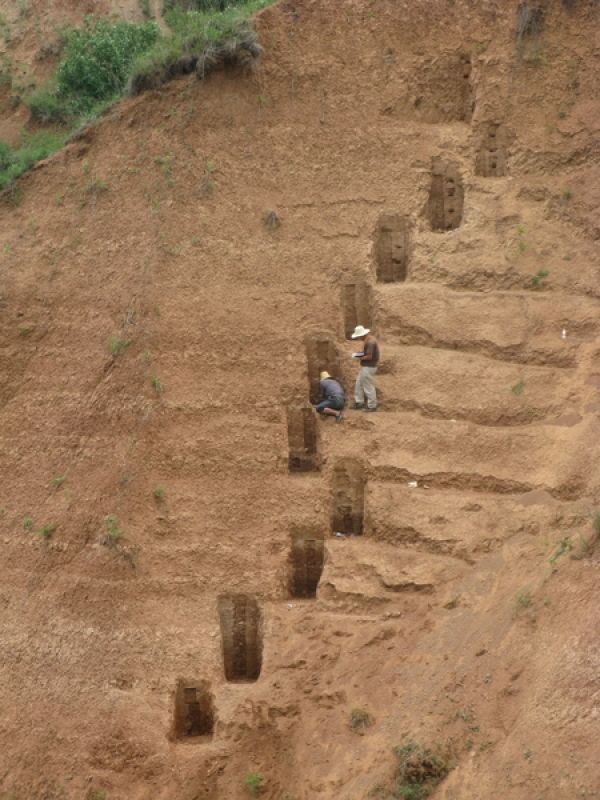Ancient rainfall records stretching 550,000 years into the past may upend scientists' understanding of what controls the Asian summer monsoon and other aspects of the Earth's long-term climate, reports a University of Arizona-led international team of researchers in the May 25 issue of the journal Science.
The standard explanation of the Earth's regular shifts from ice ages to warm periods was developed by Milutin Milankovitch in the 1920s. He suggested the oscillations of the planet's orbit over tens of thousands of years control the climate by varying the amount of heat from the sun falling above the Arctic Circle in the summer.
"Here’s where we turn Milankovitch on its head," said first author J. Warren Beck, a UA research scientist in physics and in geosciences. "We suggest that, through the monsoons, low-latitude climate may have as much effect on high-latitude climate as the reverse."
During the northern summer, the subtropics and tropics north of the equator warm and the tropics and subtropics south of the equator cool.
Read more at University of Arizona
Photo: This hill of soil represents tens of thousands of years of deposition of a soil called loess. The researchers are collecting samples to use to reconstruct a record of the region’s climate stretching 550,000 years into the past. (Photo Credit: © 2010 J. Warren Beck)


